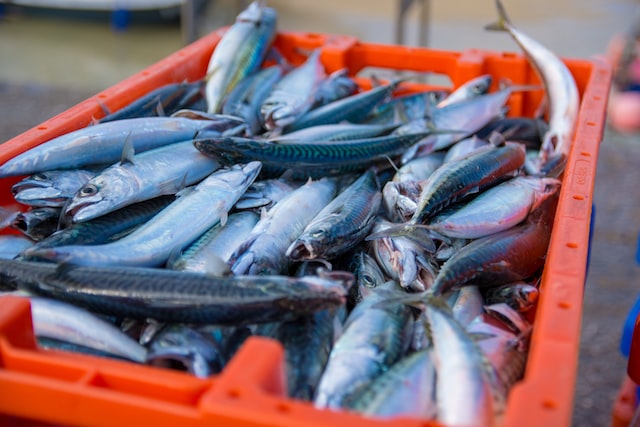
Sierra Leone has a 570-kilometer long coastline with a sizeable continental shelf (covering an area of over 25,000 square kilometres and a width of up to 140 kilometres in the north) that is fed by substantial rivers and rainfall, providing the basic elements for extremely productive marine fisheries. As a result, the country has considerable resources of: (I) shrimp, (ii) cephalopods (cuttlefish and octopus), (iii) lobster, (iv) demersal fish species (croakers, snappers, catfish, groupers), (v) small pelagic species (herring-like species, bonga); and (vi) large pelagic (tuna, barracudas) – all of which have well-established global markets with high prices.
Based on these resources, the fisheries sector provides direct employment to an estimated 100,000 persons and indirect employment to some 500,000 persons (almost 10 percent of the population)[1]. More specifically, in coastal areas an estimated 25 percent of the male population of working age are reported to be involved in fishing at least part-time. The sector contribute almost 10 percent to the country’s Gross Domestic Products (GDP)[2].
The Government’s policy for the sector is to promote responsible and sustainable fishing practices through good governance while contributing to poverty reduction and wealth creation in Sierra Leone. The policy envisages significant contribution by the sector to social welfare in an equitable manner, sustainable economic growth and ‘wealth generated through the environmentally sound and prudent exploitation of the nation’s fish resources.
The fisheries sector in Sierra Leone constitute of three major activities:
Artisanal Fishing Activity: It operates in estuaries and coastal waters extending from the shoreline to a depth of 15-45m. This activity comprises of variety of dugout and planked canoes which employs diverse ranges of fisheries gears, which include cast nets, ring nets, driftnets, set net, beach seines and hooks. This fishery contributes significantly (up to 80%) of the total national fish production.
Industrial Fishing Activity: Industrial fishing activity operates in the deep waters, out- side the Inshore Exclusive Zone (IEZ) and it is characterized by multinational fleet which include trawlers, shrimpers, long liners, canoe support vessels (mother ship) and carriers. It is largely export–oriented.
Inland Fishing and Aquaculture: Inland fishery operates in rivers, a few lakes, flood plains and swamps. Aquaculture is mostly practiced in inland valley swamps and wetlands and has great potential for development.
There are enormous investment opportunities in the fisheries and marine sector. These include: Fish processing; value addition; general infrastructure including fisheries harbour, landing site and fish harbour complex; shrimps fishing; aquaculture fishing; water transportation and industrial fishing; fresh water and semi-industrial fishing.




